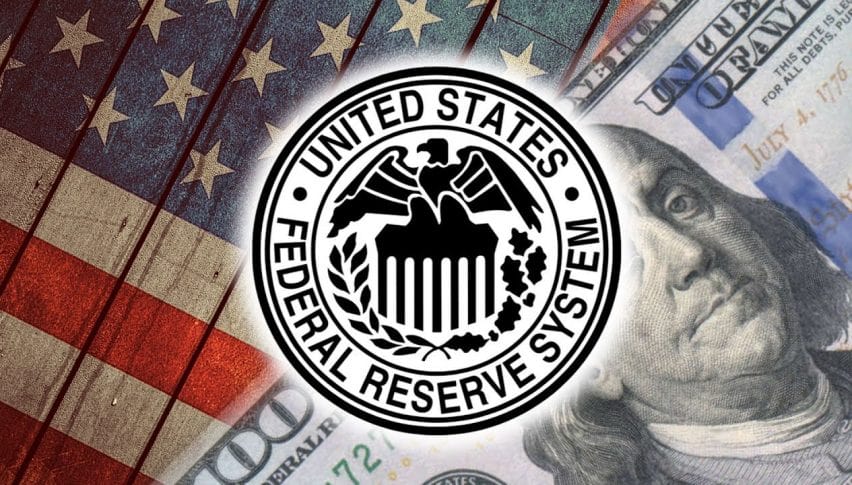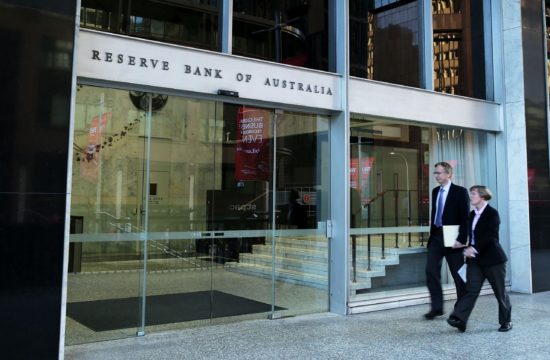The Federal Reserve on Thursday took additional actions to provide up to $2.3 trillion in loans to support the economy. This funding will assist households and employers of all sizes and bolster the ability of state and local governments to deliver critical services during the coronavirus pandemic.
“Our country’s highest priority must be to address this public health crisis, providing care for the ill and limiting the further spread of the virus,” said Federal Reserve Board Chair Jerome H. Powell. “The Fed’s role is to provide as much relief and stability as we can during this period of constrained economic activity, and our actions today will help ensure that the eventual recovery is as vigorous as possible.”
The Federal Reserve’s role is guided by its mandate from Congress to promote maximum employment and stable prices, along with its responsibilities to promote the stability of the financial system. In support of these goals, the Federal Reserve is using its full range of authorities to provide powerful support for the flow of credit in the economy.
The actions the Federal Reserve is taking today to support employers of all sizes and communities across the country will:
- Bolster the effectiveness of the Small Business Administration’s Paycheck Protection Program (PPP) by supplying liquidity to participating financial institutions through term financing backed by PPP loans to small businesses. The PPP provides loans to small businesses so that they can keep their workers on the payroll. The Paycheck Protection Program Liquidity Facility (PPPLF) will extend credit to eligible financial institutions that originate PPP loans, taking the loans as collateral at face value;
- Ensure credit flows to small and mid-sized businesses with the purchase of up to $600 billion in loans through the Main Street Lending Program. The Department of the Treasury, using funding from the Coronavirus Aid, Relief, and Economic Security Act (CARES Act) will provide $75 billion in equity to the facility;
- Increase the flow of credit to households and businesses through capital markets, by expanding the size and scope of the Primary and Secondary Market Corporate Credit Facilities (PMCCF and SMCCF) as well as the Term Asset-Backed Securities Loan Facility (TALF). These three programs will now support up to $850 billion in credit backed by $85 billion in credit protection provided by the Treasury; and
- Help state and local governments manage cash flow stresses caused by the coronavirus pandemic by establishing a Municipal Liquidity Facility that will offer up to $500 billion in lending to states and municipalities. The Treasury will provide $35 billion of credit protection to the Federal Reserve for the Municipal Liquidity Facility using funds appropriated by the CARES Act.
The Main Street Lending Program will enhance support for small and mid-sized businesses that were in good financial standing before the crisis by offering 4-year loans to companies employing up to 10,000 workers or with revenues of less than $2.5 billion. Principal and interest payments will be deferred for one year. Eligible banks may originate new Main Street loans or use Main Street loans to increase the size of existing loans to businesses. Banks will retain a 5 percent share, selling the remaining 95 percent to the Main Street facility, which will purchase up to $600 billion of loans. Firms seeking Main Street loans must commit to make reasonable efforts to maintain payroll and retain workers. Borrowers must also follow compensation, stock repurchase, and dividend restrictions that apply to direct loan programs under the CARES Act. Firms that have taken advantage of the PPP may also take out Main Street loans.
The Federal Reserve and the Treasury recognize that businesses vary widely in their financing needs, particularly at this time, and, as the program is being finalized, will continue to seek input from lenders, borrowers, and other stakeholders to make sure the program supports the economy as effectively and efficiently as possible while also safeguarding taxpayer funds. Comments may be sent to the feedback form until April 16.
To support further credit flow to households and businesses, the Federal Reserve will broaden the range of assets that are eligible collateral for TALF. As detailed in an updated term sheet, TALF-eligible collateral will now include the triple-A rated tranches of both outstanding commercial mortgage-backed securities and newly issued collateralized loan obligations. The size of the facility will remain $100 billion, and TALF will continue to support the issuance of asset-backed securities that fund a wide range of lending, including student loans, auto loans, and credit card loans.
The Municipal Liquidity Facility will help state and local governments better manage cash flow pressures in order to continue to serve households and businesses in their communities. The facility will purchase up to $500 billion of short term notes directly from U.S. states (including the District of Columbia), U.S. counties with a population of at least two million residents, and U.S. cities with a population of at least one million residents. Eligible state-level issuers may use the proceeds to support additional counties and cities. In addition to the actions described above, the Federal Reserve will continue to closely monitor conditions in the primary and secondary markets for municipal securities and will evaluate whether additional measures are needed to support the flow of credit and liquidity to state and local governments.
All of the facilities mentioned above are established by the Federal Reserve under the authority of Section 13(3) of the Federal Reserve Act, with approval of the Treasury Secretary.
The Federal Reserve remains committed to using its full range of tools to support the flow of credit to households and businesses to counter the economic impact of the coronavirus pandemic and promote a swift recovery once the disruptions abate.














